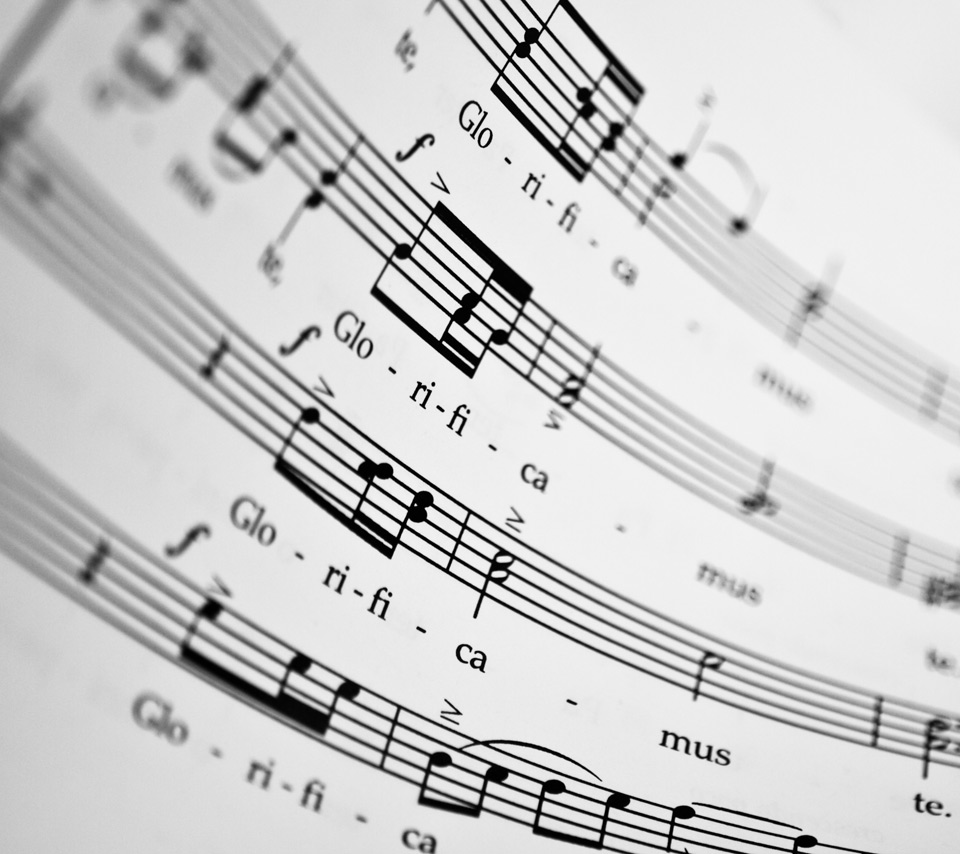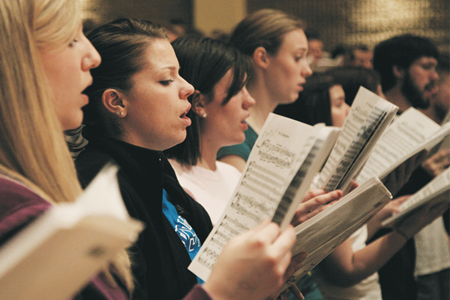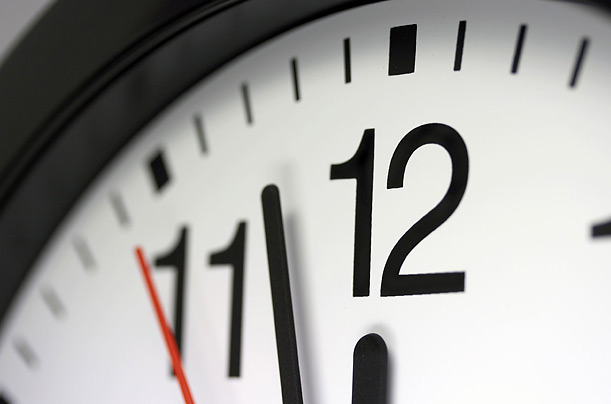If someone were to ask me what is the most important and difficult job of any choral director, I would say that it is a really difficult question; but after some thought I would probably say that it is the process of selecting literature for my choirs to sing.

What a tall order: select the perfect material that will make my choir sound great. Sounds easy, right? As any seasoned director knows, there’s more than meets the eye when selecting music for our youth choirs. Some might say recruiting is the hardest job, but even if we recruit great singers, they are inactive until we give them actual music to sing. The music brings the choir to life, challenges them to grow musically and spiritually, and should also enable them to generate a unified voice for communicating meaningful texts. In fact, what if we thought of the voice of our choir like that of a preacher? How different we would select the music that we give them to sing! Let’s think about how to help our singers preach from the choir.
CONSIDERATIONS FOR PROGRAMMING:
Preliminary considerations when selecting literature: (I think of these issues as things that are fairly “locked in” and somewhat out of my control.)
- Size of choir
- Age range of choir
- Median age of choir
- Emotional/Spiritual/Musical maturity of the choir
- Type of audience
Flexible considerations when selecting literature: (I think of these issues as things that are flexible and within my control.)
- Length of program
- Amount of rehearsal time
- Type of upcoming performance
- Type of audience
- Concepts or skills I want to teach my singers
- Subject matter I want my singers to ponder
With these boundaries set, it is much easier to sort through the endless stacks of music to find pieces that fit your circumstances.
SUGGESTIONS FOR PROGRAMMING:
1. Program for individuals who are invested in your choir. Select pieces that will speak to you, your singers, choir parents, your church, greater community audience, your greatest supporters, etc. It’s hard to find one piece that speaks to all groups, so pick a piece with a different constituency in mind; e.g., “the singers will love this; the audience will love this; I will love this, etc.”
2. Include variety. Like a good meal, a good folder of music has balance and variety. A full, well-balanced meal often includes an appetizer, soup/salad, meat (or some sort of filling protein for vegans), vegetables, and dessert. Often, we tend to pick too many big entrées or too many desserts. There should be those selections that are immediately accessible, healthy but lite, solid and heavy, nutritious, and then just sweet and fun to eat. Variety is essential to creating a great choral folder.
-
- Think of variety in terms of flavors, textures, and colors that when combined together complement each other.
- Look for variety in musical styles, historical periods, moods, languages, keys, difficulties, tempi, instrumentation/performing forces, texture, voicing, etc.
3. Pursue unity. Help your audience follow along with you and draw them into a program that has purpose and meaning; that communicates a cohesive idea. Some possibilities include:
Telling a story.
-
- The life of Christ in choral music
- Growing in Christ
- Walking through life’s trials
Developing a theme.
-
- Season of the church year.
- Hope, love, faith, friendship, etc.
Music by a specific composer, from a specific time period/location, or a specific voice/instrument combination.
Texts from a certain book of the Bible or author.
4. Know why you select each piece. It’s easy to select pieces that we just like or think will appeal to one of the interested parties listed above. Our rationale for selecting pieces, however, should be more developed. Ideally, each piece will accomplish multiple purposes, i.e., audience/singer/director appeal, tell a certain part of the overall program story, provide opportunities for spiritual/life lessons in rehearsals, develop a certain musical skill, etc.
Other suggestions:
- Include a piece that you do each year or every other year to help develop a sense of tradition or continuity over the years.
- Include a piece that you can do with another age choir (adult, children, senior adult) to help create a sense of intergenerational worship within your church community.
- Include a piece that features a “hotshot” student instrumentalist in your church.
- Set contrasting pieces against each other. This allows them to stand on their own and keeps them away from similar sounding pieces.
- Avoid setting like-tempo pieces next to each other, especially a series of slow-tempo pieces.
Happy programming this summer! It’s easy to get overwhelmed trying to figure out where to begin when selecting literature for your choirs, so allow these suggestions to help you wade through the endless amount of choral literature that is out there. Here’s to a choir that preaches through its program!










